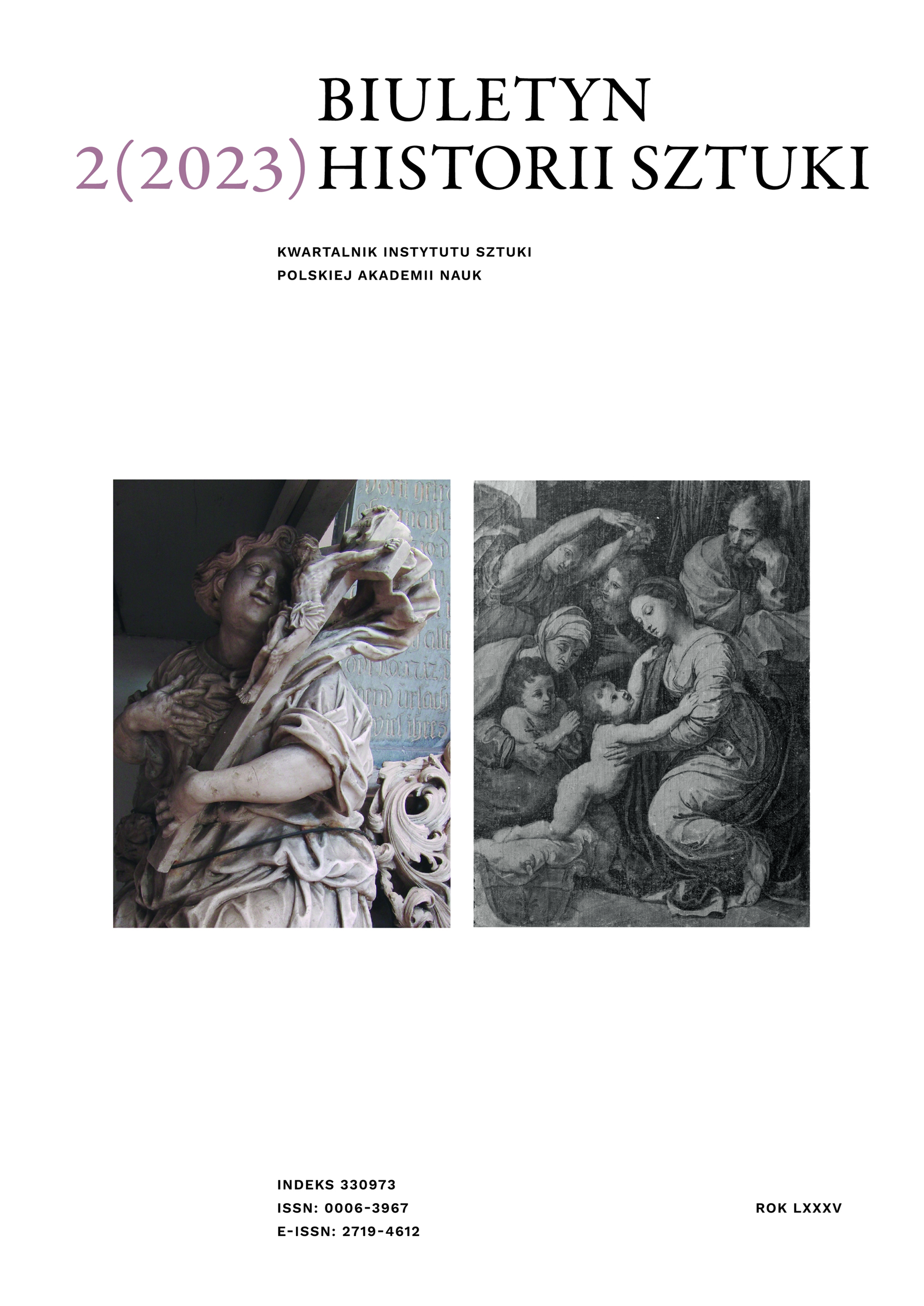Why Were There So Few Female Painters in Silesia during the Baroque Period?
Why Were There So Few Female Painters in Silesia during the Baroque Period?
Author(s): Andrzej Kozieł, Jolanta LamlaSubject(s): Gender Studies, Architecture, History of Art
Published by: Instytut Sztuki Polskiej Akademii Nauk
Keywords: female painters; painters’ guilds; Silesia; Baroque period;
Summary/Abstract: On 8 March 2021, for the first time in the long history of the Rijksmuseum in Amsterdam, three paintings created by female artists: Judith Jans Leyster, Gesina ter Borch and Rachel Ruysch were displayed in the Gallery of Honour. If the National Museum in Wrocław – the capital city of the historical region of Silesia (today in Poland and the Czech Republic) decided to take a similar bold step, it would stumble upon some serious roadblocks. During the Baroque period, only three women were active painters in Silesia: Anna Elisabeth Willmann, Dorothea Gloger and Antonina della Vigna. They did not achieve any significant professional success and their careers remained essentially unfulfilled. Out of the approximately 10,000 paintings of Silesian provenance dating from the Baroque period that have survived to our times, only five were painted by women. Why were so few female painters professionally active in Silesia in this period? Why did they produce so few works of art? The article, based on the results of the recent comprehensive study of Baroque painting in Silesia, attempts to bring exhaustive answers to these fundamental questions.
Journal: Biuletyn Historii Sztuki
- Issue Year: 85/2023
- Issue No: 2
- Page Range: 51-66
- Page Count: 16
- Language: English

